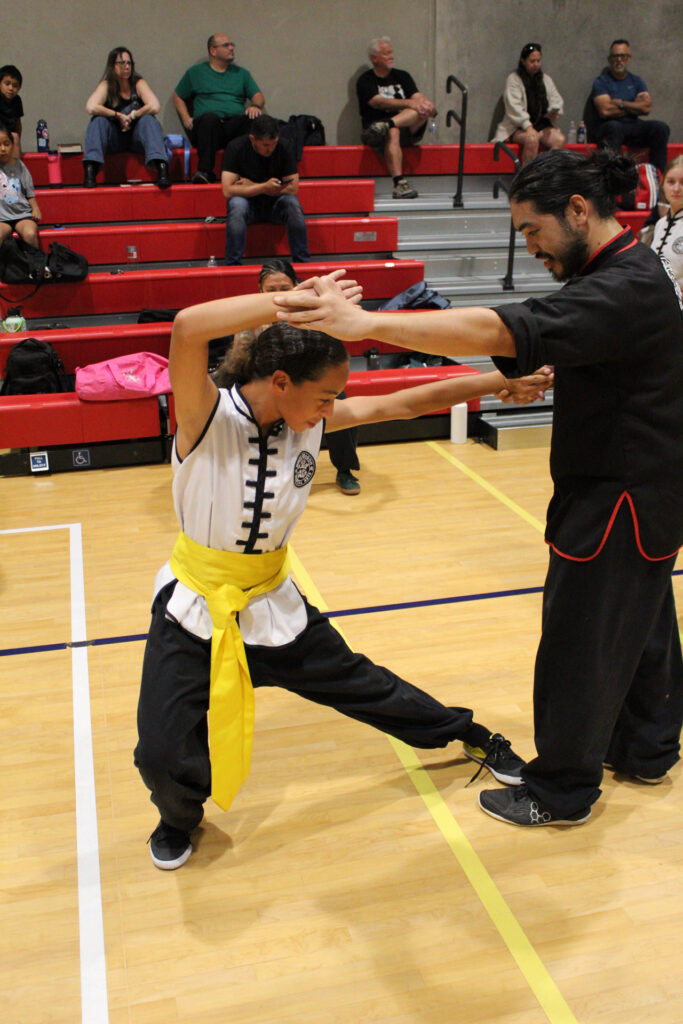Dual Coding: Boosting Learning Through Words and Images
What if you could double the impact of every lesson you learn? Dual coding is a strategy that combines visual and verbal information to create powerful, long-lasting memories. By pairing what you see with what you hear or say, you engage multiple parts of your brain, making it easier to understand, recall, and apply new knowledge.
Instead of relying on words alone, dual coding taps into the brain’s natural ability to process and link visuals and language, creating a richer learning experience. As psychologist Allan Paivio, who pioneered this theory, put it: “Human cognition is supported by dual systems—one for verbal representations and one for imagery.”
Why Dual Coding Works
When information is presented through both visual and verbal means, your brain encodes it in two ways, creating stronger connections. If you forget the verbal explanation, the visual representation can trigger recall—or vice versa. This redundancy is a key reason dual coding enhances memory retention and problem-solving.
For example, learning a Kung Fu technique becomes easier when you hear instructions while watching the movement. The combination of words and visuals reinforces the lesson, making it stick more effectively than either input alone.
What Does It Look Like?
Dual coding can be applied in various ways across different areas of life:
In Kung Fu: Watch your instructor demonstrate a movement while listening to their explanation. Better yet, visualize the technique in your mind as you perform it, linking muscle memory with mental imagery.
In Daily Life: Use diagrams, charts, or mind maps to plan and execute tasks more efficiently. For example, sketching out a project timeline alongside key milestones boosts understanding and follow-through.
In Academics: Create visual aids such as diagrams, concept maps, or annotated drawings alongside written notes. This helps you grasp complex concepts more easily.
In Sports: Coaches often pair instructions with visual demonstrations or video reviews of past performances. By observing and analyzing movements while hearing explanations, athletes can improve faster.
How to Use Dual Coding for Maximum Effect
1. Combine Visual and Verbal Cues: When learning something new, pair written or spoken explanations with visuals, such as diagrams, videos, or real-time demonstrations.
2. Create Mental Pictures: As you study or practice, visualize key concepts or movements in your mind. This strengthens your recall and performance.
3. Use Drawing and Note-Taking Together: Instead of relying solely on notes, sketch accompanying images to clarify concepts and trigger memory.
4. Review with Multi-Sensory Input: Revisit material through a mix of formats—videos, written summaries, and diagrams—ensuring multiple pathways for recall.
5. Teach or Explain Concepts Visually: When teaching others, use diagrams or demonstrations along with explanations to deepen understanding for both you and your audience.
Why It Matters
Dual coding bridges the gap between theory and practice. By engaging multiple senses, it improves retention, comprehension, and problem-solving. Whether you’re learning a martial arts technique or a new academic concept, combining words and visuals ensures that knowledge is reinforced from all angles.
Research on dual coding shows that combining visual and verbal processing strengthens learning far more than relying on either system alone. Diagrams, infographics, and hands-on demonstrations stimulate different areas of the brain, creating a comprehensive learning experience.
Why It Works
Dual coding leverages how the brain processes information. Words activate the left hemisphere, while visuals stimulate the right. When both systems work together, they create stronger, interlinked memories. Even if one pathway fades, the other can trigger recall, ensuring long-term retention.
Studies in cognitive psychology confirm that students and practitioners who use dual coding outperform those who rely solely on text-based learning. The key is not adding more material but presenting it in ways that reinforce each other.
To Deepen Your Understanding, Explore These Resources:
Key Articles:
Visual & Verbal: Welcome to ‘Dual Coding’
https://www.learningandthebrain.com/blog/visual-verbal-welcome-to-dual-coding
Dual Coding and Learning Styles
https://www.learningscientists.org/blog/2019/6/6-1
The Dual Coding Advantage: Retain and Process Information More Effectively
Recommended Books:
1. Make It Stick: The Science of Successful Learning by Peter C. Brown
2. Understanding How We Learn by Yana Weinstein and Megan Sumeracki
3. The Talent Code by Daniel Coyle
4. Peak: Secrets from the New Science of Expertise by Anders Ericsson
—
Start Your Journey Today
Learning doesn’t have to be a struggle. By combining visual and verbal cues, dual coding helps you learn faster, retain more, and apply what you’ve learned with greater confidence. Whether you’re mastering a new technique or solving a problem, this strategy can give you the edge you need.
Ready to experience the power of dual coding in action? Click here to claim your free private lesson and one week of group classes!
#FreeLesson
Pair words with visuals. Engage your senses. Dual coding ensures that what you learn today becomes the foundation for lifelong mastery.
Nakonsy Truong
Assistant Head Instructor
Whitedragonofeastcounty.com



